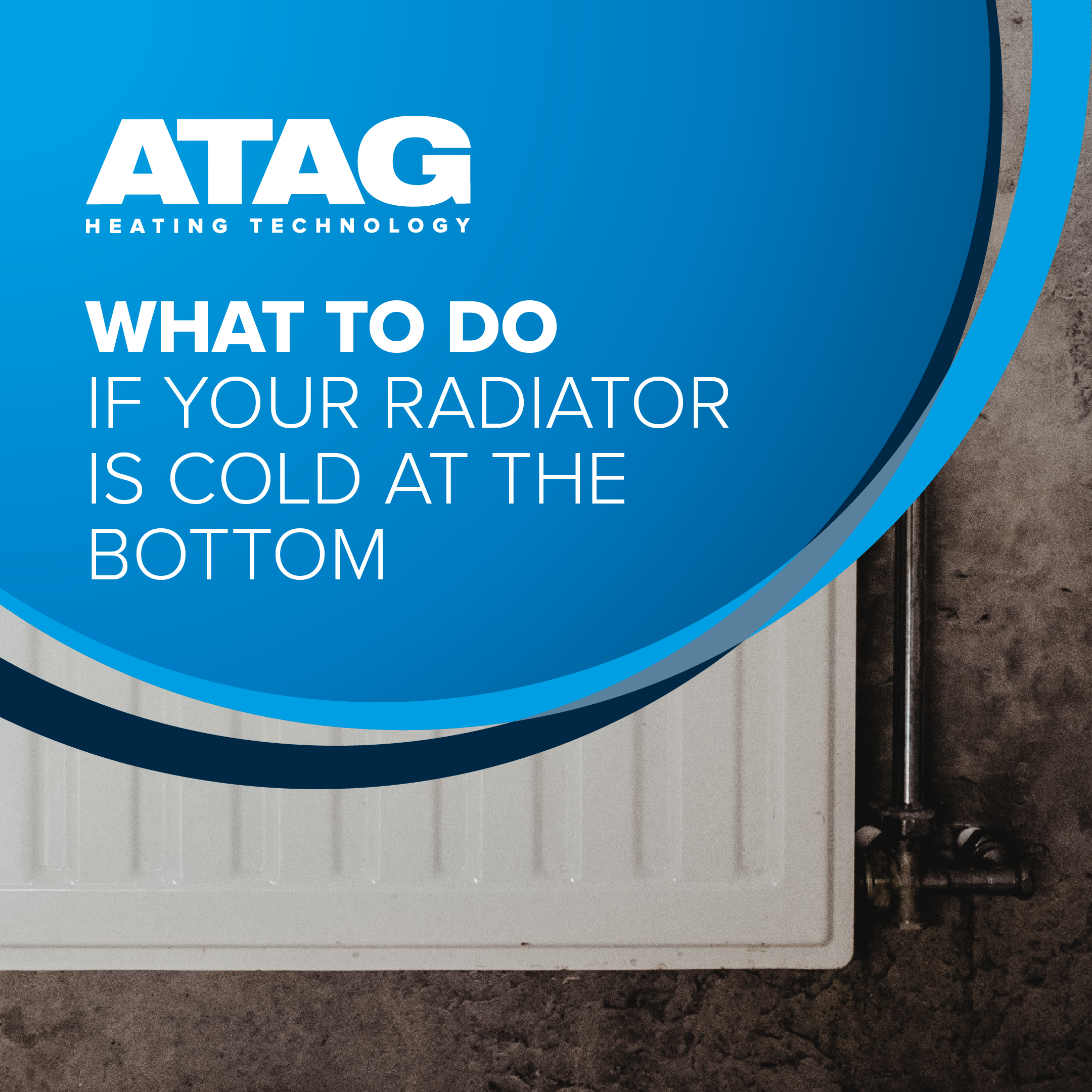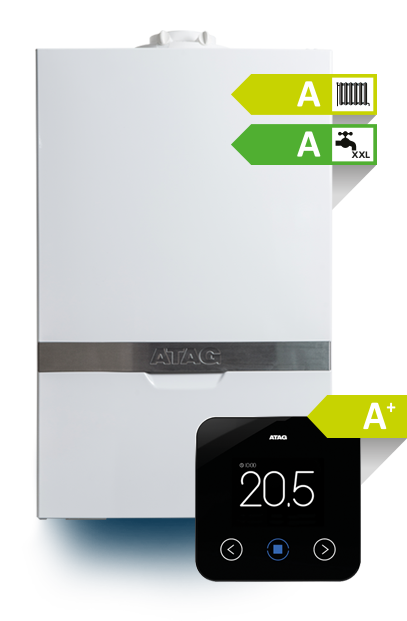
Why is my radiator cold at the bottom?
If you find that your radiators are warm at the top, but cold at the bottom this could be the result of a build-up of central heating sludge. Over time, sludge can build up inside your radiator and settle at the bottom. If the build-up becomes too much, it can restrict water flow entering your radiator. When this happens, the bottom of your radiator will remain cold, while the rest heats up as normal.
What is central heating sludge?
There are two components of central heating sludge that sit at the bottom of a radiator. They are:
- Dirty heating water
- Limescale
Without a filter in your heating system, heating sludge can quickly accumulate. However, you may not notice this immediately, as it can take years for the sludge to become apparent. A filter should always be fitted to your central heating system to validate most boiler warranties. As ever, if you are unsure about your boiler warranty, it is best to check with your manufacturer.
What is limescale?
Limescale is a natural mineral found in water. If you live in a hard water area, you are much more affected by limescale build up than someone in a soft water area. Both soft water and hard water areas can be affected by limescale, however it takes slightly longer to build up in a soft-water area.
What is dirty heating water?
Dirty heating water is the second component of central heating sludge. Like any metal, radiators can rust inside and within the pipework of your heating system. This rust then breaks down into the water. The more the rust circulates in your heating system, the more chance it has to break down, which is what causes the radiator to have black, thick sludge settling at the bottom. As this sludge is denser than water, it does not circulate around as freely, and can sit at the bottom of the radiator. This causes the radiator to heat at the top, but not at the bottom.
How to fix a radiator that is cold at the bottom?
There are different ways your radiator can be fixed; however, these methods need to be carried out by a professional heating engineer. The methods a Gas Safe Engineer will use to fix a radiator that is only heating at the top are to chemically flush or power flush the radiator.
To find a Gas Safe Registered Engineer, you can use the Gas Safe Register’s handy tool ‘find an engineer.’
We will explain the methods that a professional will use however, always seek help when your radiator needs a chemical flush or a power flush. Do not try this yourself.
Related read: Why is it important to ALWAYS use a Gas Safe Registered Installer? (atagheating.co.uk)
Power flushing a radiator.
A power flush is considered the more technical and complex way to remove debris and sludge from your radiator. A power flush takes longer than a chemical flush, usually between 6 and 10 hours. However, this all depends on the heating system you have in your home.
As stated earlier, a Gas Safe Engineer MUST carry out both a chemical and power flush on your radiators as they are both complex procedures. During a power flush, a pumping unit will be attached to the central heating system. This enables the chemicals being pumped through your radiator to clear the sludge build up. Once the power flush is complete, the heating engineer will dispose of the contaminated water that has been removed.
Once the power flush has been completed, your radiators should begin heating evenly.
Chemical flushing of a radiator.
Chemical flushing is a ‘basic’ alternative to power flushing a radiator. As it states in the name, it consists of chemicals flushed through the heating system. In the case of only a few cold spots at the bottom of your radiator, a chemical flush might be suitable.
A chemical flush can also aid a power flush as they tackle smaller sections of sludge that may linger at the bottom of your radiator. This is after a power flush has been completed.
Once your radiator has been completely flushed and is heating evenly, your heating engineer may introduce ways to prevent central heating sludge from building up again. An inhibitor can be added to the system, which prevents sludge and limescale build up in your radiators. They may install a magnetic boiler filter. This collects debris that would normally build up at the bottom of a radiator, stopping your radiator from working as it should.
One way to ensure that your radiators and boiler system always work efficiently is to book an annual boiler service. For more information on the importance of annual boiler service click here
Looking to upgrade your boiler? Check out our range of Energy Efficient boilers and find one that fits your home perfectly!
.png?width=250&height=76&name=ATAG%20Logo%20(72dpi%20RGB).png)
